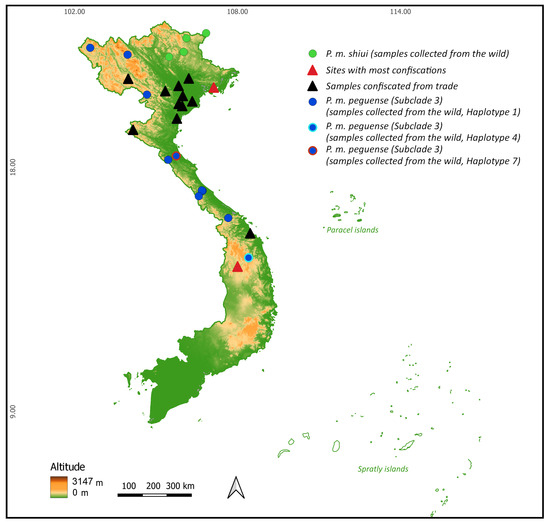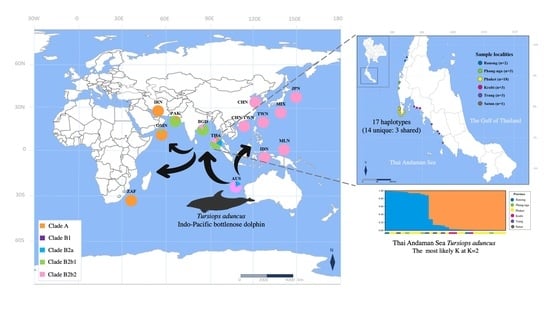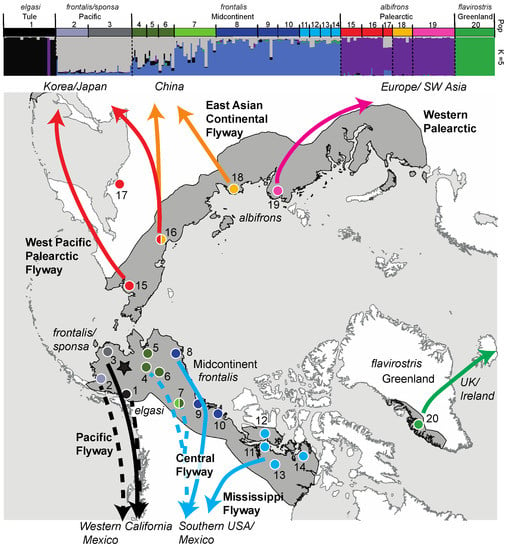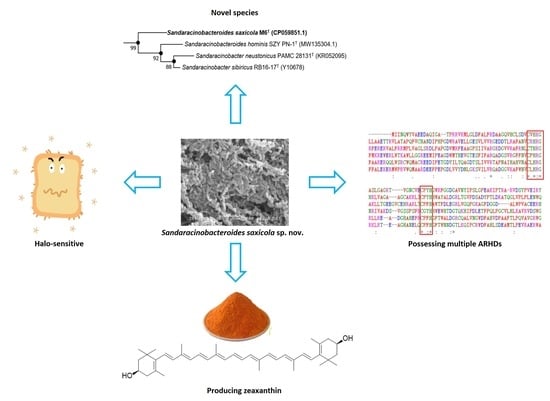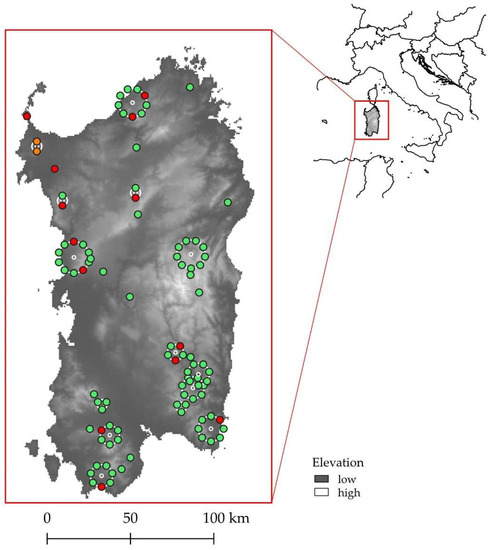Genetic Diversity
A topical collection in Diversity (ISSN 1424-2818).
Viewed by 12653Editor
Topical Collection Information
Dear Colleagues,
Genetic diversity represents the basal component of biodiversity. The amount of genetic diversity present within and among populations controls their adaptive response to environmental change and, hence, the long-time survival of populations. By maintaining high levels of genetic diversity, exploited biodiversity prevents extinction and, therefore, ensures the well-being of human populations.
Dr. José Luis García-Marín
Collection Editor
Manuscript Submission Information
Manuscripts should be submitted online at www.mdpi.com by registering and logging in to this website. Once you are registered, click here to go to the submission form. Manuscripts can be submitted until the deadline. All submissions that pass pre-check are peer-reviewed. Accepted papers will be published continuously in the journal (as soon as accepted) and will be listed together on the collection website. Research articles, review articles as well as short communications are invited. For planned papers, a title and short abstract (about 100 words) can be sent to the Editorial Office for announcement on this website.
Submitted manuscripts should not have been published previously, nor be under consideration for publication elsewhere (except conference proceedings papers). All manuscripts are thoroughly refereed through a single-blind peer-review process. A guide for authors and other relevant information for submission of manuscripts is available on the Instructions for Authors page. Diversity is an international peer-reviewed open access monthly journal published by MDPI.
Please visit the Instructions for Authors page before submitting a manuscript. The Article Processing Charge (APC) for publication in this open access journal is 2100 CHF (Swiss Francs). Submitted papers should be well formatted and use good English. Authors may use MDPI's English editing service prior to publication or during author revisions.
Keywords
- genetic diversity
- conservation genetics
- adaptive evolution
- population genetics
- genetic resources
- inbreeding





